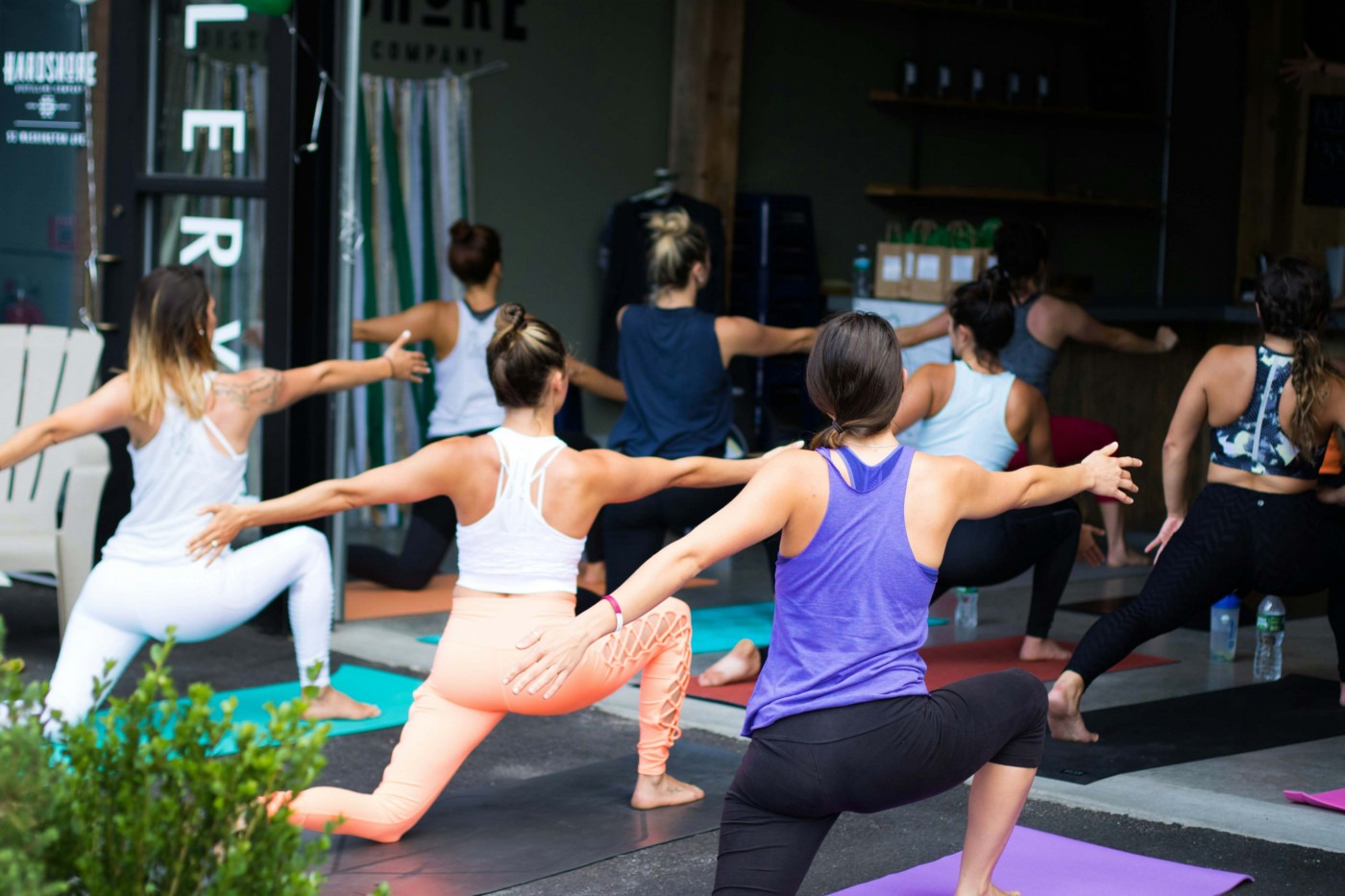The Wellness Edit: yoga vs pilates
Yoga and pilates are both celebrated forms of fitness which engage the whole body. They both offer participants a workout that is often less harsh on the body than lifting heavy weights or high-intensity cardio. However, understanding the difference between the two is important for recognising which might help you achieve your goals or will be most enjoyable for you. Often the two can become confused and swept up in conversation as meaning the same thing, and although they share some movements and focuses, they are both different forms of workout, and the goal of each can be very contrasting. This article will explore the two, highlighting their differences and explaining the benefits of each to incorporate what works best into your training.
The meditation and slower pace of workout encourages participants to take these ideals into their lives, essentially to slow down and focus on understanding yourself on a deeper level
Both yoga and pilates are inherently mat-based workouts which focus on body weight movements at their core. However, the intention of each is what makes the two activities differ. Yoga, although a full-body workout, also has a spotlight on mental focus and spirituality, encouraging a slower workout that engages in meditation practices. This is particularly common in yoga practices which include Savasana, a resting pose at the end of class aiming to allow complete relaxation. Despite this, yoga classes can still have varying intensity levels, following the pattern of ‘flows’ to stretch and strengthen muscle groups and improve flexibility. At the centre of yoga practices, though, is the mental improvement it intends to have. The meditation and slower pace of workout encourages participants to take these ideals into their lives, essentially to slow down and focus on understanding yourself on a deeper level.
In contrast to this, pilates is less of a flow, utilising specific movements for body strength and toning. These positions or movements are often repeated for a certain amount of reps, rather than positions held for longer periods like in yoga. This movement engages different muscle groups and therefore targets muscle growth or toning rather than flexibility. Another main difference of pilates is that these movements are often targeted on each muscle group such as the glutes, arms, or core, separating the class into these areas to feel the specific ‘burn’. Pilates involves less meditation work, aimed more at physical changes through this muscle focus.
Ultimately, both yoga and pilates offer unique benefits, and incorporating one or both into your routine can enhance your overall fitness, providing a balance between strength, flexibility, and mindfulness
Both pilates and yoga have benefits for the body and mind, so it’s important to reflect on your goals to understand which will be most beneficial to incorporate into your training. If you are already working your muscles to a high intensity throughout the week then yoga may be helpful for recovery and stretching out these muscles in a slower environment. If you often do more full-body workouts or cardio then pilates can be supportive in targeting muscles that can help other training. For a perfect combination, both yoga and pilates would be incorporated into training to offer time for slow-paced stretching and mental relief but also muscle growth and training that is less intense and harsh than weightlifting. Ultimately, both yoga and pilates offer unique benefits, and incorporating one or both into your routine can enhance your overall fitness, providing a balance between strength, flexibility, and mindfulness.

Comments